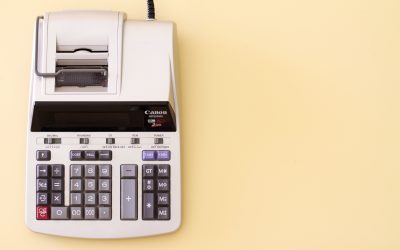Many suppliers like to provide trade accounts for their business customers as it allows them to provide tailored marketing and gain brand loyalty.
There are two types, cash or credit. So what is the difference and what are the advantages or disadvantages?
Cash Account
This is the most simple. It means when you buy something, you pay straight away by card or cash. You can use a credit card but the outcome is the same, the supplier gets paid immediately.
Advantages
Easy to get account – no credit checks
You know where you are, paying as you go means no large bill at the end of the month.
Having a trade account can mean discounts or special rates on some products, or enhanced warrantees.
Purchase history – products you have bought will be listed under your account and this can be useful for repeat purchases
Disadvantages
If you have to pay up front for materials for a job, it could be a while before you get the money from your customer (see Getting Paid). This means some of your money will be tied up in materials.
Credit Account
With a credit account, you get your goods and materials before you pay for them. Normally you get a bill at the end of the month. In essence, you are buying goods on credit.
Advantages
Like a cash account, having a credit account can mean discounts or special rates on some products, or enhanced warrantees.
You have time to get payment in from customers, before having to pay for materials.
A credit account means that you business will build a credit history which could be useful for getting loans or perhaps a vehicle on leasing.
Instead of making many payments, you only make one transaction. This could save money on bank fees.
Disadvantages
You need to make sure you keep track on what you owe and ensure you can make full payment when the account is due.
Failure to pay could disrupt essential supplies for your business and a additional cost in penalty charges.
Suppliers
For supplier – visit the business directory and search in the telecoms category.




